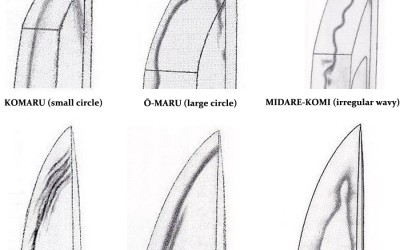Swords Buyer Guide RSS Feed
0
10054
The history and culture contained in China for five thousand years have a long history. Whether it is spiritual culture or material culture, it is the cultural crystallization of the cohesion of human beings in the past. As time goes by, occasionally..
1
3913
In Chinese history, cold weapons have always occupied an important position. Today, although cold weapons are rarely used, they still cannot resist people’s love for them. Among them, Han Jian is the most popular cold weapon.
The Han jian, as the n..
0
6097
The formation of each cold weapon has a certain relationship with the social history of the time. In the forging process of the Japanese sword, it was discovered that the scimitar was more suitable for cutting and more flexible. For the Japanese samu..
4
36297
The standard contemporary katana size is around 40 inches. However, the practical applications of the forms require a specific length or combination of lengths. When choosing a sword, you'll need to check for the measurements of three different parts..
0
11790
* The nagasa is the most important specification of a sword (blade). This is considered the blade length, despite it's not the full length of the sword. The nagasa is measured in a straight line from the mune-machi (back of the blade which sits insid..
3
9964
The tang (NAKAGO) is the end of the blade opposite to the point which usually contains information regarding the date, signature of the maker, owner's name, school/village, result of cutting test etc. Another distinguishing factor on various Samurai ..
1
10478
Once the mekugi (two bamboo pegs) have been removed, the tsuka (handle) is ready to be taken off. Our katana sword's handle is only fixed by the mekugi, no glue or others inside. Please draw the saya out of blade at first. With the blade tip pointed ..
2
4151
The Koshira (pommel) is a metal accessory mounted at the end of the tsuka (handle) of Japanese katana swords, while the Fuchi (sleeve) is the sword mounting between the tsuba (guard) and handle. The tang of the sword goes into the handle through the ..
0
5063
Artistry of wielding the Tang Dao sword is simply divided into: chopping, cutting, stabbing and blocking.
Want a unique sword? Feel free to contact us:
Phone: 086 13739276006
Email: sale..
1
8269
鍔 (鐔) Tsuba glossary
当金 Ategane
A metal plug placed inthe Kozuka or Kogai-ana. Also refered to as Ume ( 埋 )
縮緬 Chirimen
AA crape paper finish.
土手耳 Dote-mimi
A rounded raised rim.
覆輪 Fukurin
An outer rim cover on a ts..
0
20735
The tsuba is the guard around the handle of katana’s sword. Tsuba can be made of metals like iron, gold, copper and silver, or alloys, which can stand up to actual repetitive use in combat. Tsuba can be found in all kinds of shapes, both regular and ..
0
9285
Boshi is the hamon temper line that extends to the blade tip (kissaki) on Japanese Swords. Boshi is the hardened edge section of the tip. Swords that have not been differentially hardened do not have boshi. An ideally shaped boshi follows the rest of..

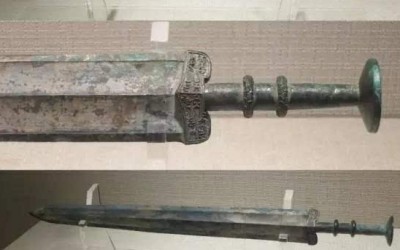

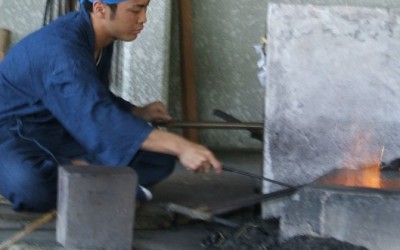
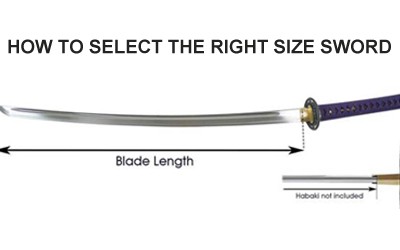
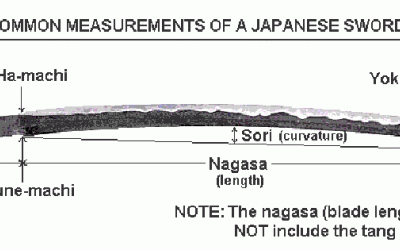
-FILING-MARKS-(YASURIME)/filing_marks_on_tang_1-400x250h.jpg)
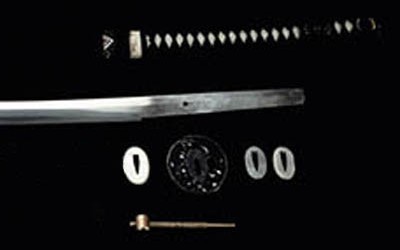
-and-Koshira-(pommel)/Fuchi%20and%20Koshira-400x250w.jpg)
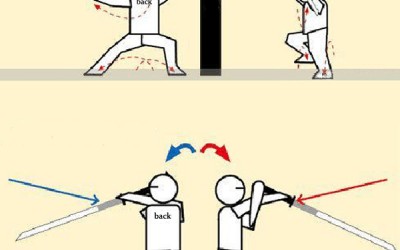
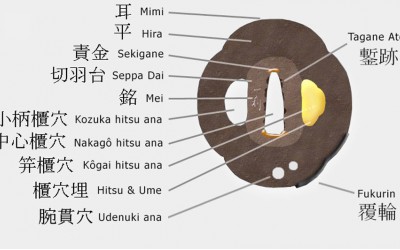
/20181213152007-400x250w.jpg)
